13 Content Promotion Tactics to Get More Eyeballs on Your Content
You have to promote your content. Content promotion puts “marketing” into “content marketing.” In this post, you’ll learn 13 tactics on how to promote your content and reach more people: Do SEO Make your content shareable Share it...

If your newly published article is not read by anyone, then it cannot do its job to persuade, engage, or sell. You have to promote your content. Content promotion puts “marketing” into “content marketing.” In this post, you’ll learn 13 tactics on how to promote your content and reach more people: One of the best ways to promote your content is to have it rank on Google. For as long as your article ranks, you’ll be able to get traffic continuously over the long term. However, since people overwhelmingly click only the first few results, your content will be invisible unless you rank high. And in order to rank high on Google, you need to do search engine optimization (SEO). Generally speaking, the process involves: We have a guide that goes into detail about how to rank your content on the first page of Google, so I highly recommend you read it and follow the process. Recommended reading: How to Get on the First Page of Google [Interactive Guide] Encourage people to share your content with their friends so you can reach a wider audience. Do this by removing blockers—make it easy for people to share. One of the most straightforward ways is to add “social sharing” buttons to your content. Another way is to create images that summarize complicated concepts so that it’s easier for readers to digest. This is something we often do on the Ahrefs blog. For example, we often talk about the “vicious cycle of SEO.” This is the idea that top-ranking pages tend to stay on top because of the links they accumulate. It can be difficult to understand the concept via a bunch of text, so we illustrated the concept using a custom image: Custom images like the one above work really well on social media. For example, our “SEO checklist” custom image received over 1,000 likes and over 300 retweets on Twitter alone: Another way is to bake “link triggers” into your content. As mentioned in tactic #1, getting people to link to your content is important for ranking high on Google. Link triggers—the reasons why people link to a certain piece of content—will make it easier for you to reach out and build links; plus, it can also help in naturally attracting them. Here’s how you do it: For example, if we check the backlinks for BigCommerce’s article on affiliate marketing, we can see that people are linking because of certain stats. If we tackle the same topic, we’ll want to mention these stats too. You have a blog post. You have fans. Blogging fans! I hope you sang that to PPAP. Nevertheless, my point is this: You likely already have fans following your work. Big or small, let them know every time you publish something new. For example, we share the latest article/video on all our social channels: What Is the Buyer’s Journey? How to Create Content for Every Stage by @siquanong If your goal is to get on your target market’s radar and increase conversions, your product/brand should appear in the early stages of the buyer’s journey. Find out how:https://t.co/eHTTGnCyCD We also send a newsletter every Thursday with all the content we’ve published that week: If you’ve written an in-depth article, chances are you’ve linked to useful resources from other bloggers. Why not reach out and let them know? Most of them will be delighted to know their content has been featured. Some of them may even share it on social media and send some extra traffic your way. Even if they don’t, it’s OK. Focus on building a relationship with the other person. It may eventually lead to something bigger down the road: a partnership, a cross-promotion, links, etc. To do this, just go through your blog post and make a note whenever you link elsewhere. Then, find their emails and reach out to let them know. You can write a simple email like this: Hey [First Name], I read your post on [topic] and loved [something you enjoyed about the blog post]. I included it in my post on [topic]. Here it is: [LINK] Thanks for the tip, and I hope the mention sends some deserved visitors your way. Cheers, Have you ever read an article on Wikipedia, ended up on Article Z, and wondered where the previous five hours went? The power behind “Wiki rabbit holes” is internal links. Internal links are simply links from one page on the same website to another. And adding these links can help readers discover more of your content. Plus, it can help to boost your pages’ performance in Google too. Doing this is pretty simple. Just head to Google and do a site: search for your own blog or website. For example, if I wanted to add internal links to our recently republished article on the buyer’s journey, I’ll search for this in Google: Then, I’ll go through each of these pages and add internal links to the target page with relevant anchor text. Do this every time you publish a new post, and you’ll be all set. Recommended reading: Internal Links for SEO: An Actionable Guide After publishing, we encourage each author to share their work on their socials. This can be a simple share or maybe even a thread on Twitter. If you’re trying to solve keyword cannibalization, you might be cutting off your nose to spite your face. 🔪👃😱 Here’s why. //THREAD// 15 podcasts to boost your SEO game 🎙️ I dove into the world of SEO podcasts to bring you this list—and there’s something for every kind of marketer, so listen closely! As you can see, they can get a ton of traction. It’s a simple idea, but it’s one that many companies neglect. Your employees work for you, produce content, and likely use your product. They’re in the best position to promote your content—some of them may have even cultivated an audience of their own. They should be one of your first ports of call whenever you publish something. No matter which niche you’re in, there are likely to be communities that people actively participate in. These communities can be on Facebook, Reddit, Discord, Slack, etc., and are great places where you can promote your content. But this doesn’t mean that you can saunter into any of these groups, drop your link, and disappear. In case you missed the memo, that’s called spamming and a surefire way to get banned. Instead, what you should do is treat each community as if you’re a tourist in a new country. You have to respect the culture and do as the Romans do. Figure out what the explicit and implicit rules are and follow them. You should also participate in discussions, ask questions, and offer constructive advice. Only when you’re a well-respected “citizen” can you begin to promote your content. Even then, it’s not license to promote everything you’ve published. Share only your best ones. For example, our chief marketing officer, Tim Soulo, has written a fair number of posts on our blog, but he only promotes one or two in such communities: What’s even better is to befriend people in these communities so that they share your work without asking: Just because your content is in one format doesn’t mean it has to be in that format forever. Make your content marketing efficient—turn your existing content into multiple formats for different platforms. For example, we turned our guide to influencer marketing into a video and turned our video about affiliate marketing into a blog post. Not only does this help you reach more people who prefer different formats, but you may also occupy two positions on the SERPs. Last month, my article on B2B marketing was featured in Aleyda Solis’ #SEOFOMO newsletter. Similar to communities, there are plenty of niche-specific newsletters around. Get featured in one of them, and you can get plenty of exposure for your articles. While my article was picked up organically, you don’t have to adopt a “wait and hope” approach. Actively reach out to the owners of such newsletters and introduce your newly published article to them. Again, like communities, don’t reach out to promote every newly published article on your site. Promote only your best ones. I recommend following the principles in this article on outreach for maximum success. Don’t be pushy, though. Such newsletters are sent on a frequent basis, and you don’t have to feature on the next one. Think in the long term—it’s better to build a relationship with the newsletter creator. Who knows? You may eventually be featured not just once but many times. On Nov. 10, 2021, Ryan Holiday published this piece on his blog. The next day, he republished it—word for word—on Forge, a personal development publication on Medium. Here’s another example: He wrote this piece for the business magazine, Inc. Later on, he republished it on his own site. This is called content syndication, and it’s when third-party sites republish an exact copy of content that originally appeared elsewhere. This is practically killing two birds with one stone—you’re only writing one piece of content and exposing it to different audiences. This leads to the next question: How do you find such syndication opportunities? The easiest way is to start with self-syndication sites—sites where you can republish your content yourself. Examples like Medium and LinkedIn make it easy for you to import existing content and republish it: Beyond that, you need to find publications that accept syndicated content. To find these sites, you can search in Google for these phrases, along with the topic of your choice: When you have a list of publications you want to pitch to, find the name and email address of the website owner or editor. Then reach out to ask if they’d be open to syndicating your content. Do remember that larger sites have different editors for different topics, so do your research beforehand to ensure you’re reaching out to the right person. Recommended reading: Content Syndication: What It Is and How to Get Started Even if sites are not willing to accept syndicated content, they may be happy to accept fresh content in the form of guest posts. But in this scenario, you don’t have to rewrite content from scratch either. Use your existing article as a base and create standalone articles from it. You can then submit these “splintered” articles as guest posts. For example, our guide to link building has five chapters. Each of these chapters could be perfect guest posts on their own. You’ve already done the hard work beforehand, so “recreating” these articles as guest posts should be relatively straightforward. Recommended reading: Guest Blogging for SEO: How to Build High-Quality Links at Scale If someone wrote an article that mentions your topic without going into detail, then your article might be a perfect fit as an additional resource they can point to. How do you find these articles? Here’s how: For example, if we search for “mechanical keyboard,” you’ll see around 280,000 pages you can target. But that’s too many pages to look through, so let’s set a few more filters to narrow down the results: This reduces the number of pages to ~3,000 of the best ones. If this number is still too daunting for you, then you can always play around with the filters until you get a number you’re comfortable with. Once you have a satisfactory list, go through each page and see if your article can add value as a resource. If the answer is yes, reach out to the writer or website owner and see if you can persuade them to link to your article. Most small businesses shy away from this. But the most direct way to get more traffic to your content is simply to run ads. At Ahrefs, we run ads to every new article we publish: If you think popular ad platforms are out of your reach, don’t forget that there are also relatively niche ad platforms like Quora and Reddit. For example, we also run Quora ads to our content: Recommended reading: PPC Marketing: Beginner’s Guide to Pay-Per-Click Ads Even if you have a piece of content that checks all the boxes on the content quality checklist, it can’t do its job of persuading your readers to buy if no one sees it. That’s why you need to promote your content—so it can reach the right people. Use any or all of the tactics above to give your content a boost in distribution. Did I miss out on any effective content promotion tactics? Let me know on Twitter.
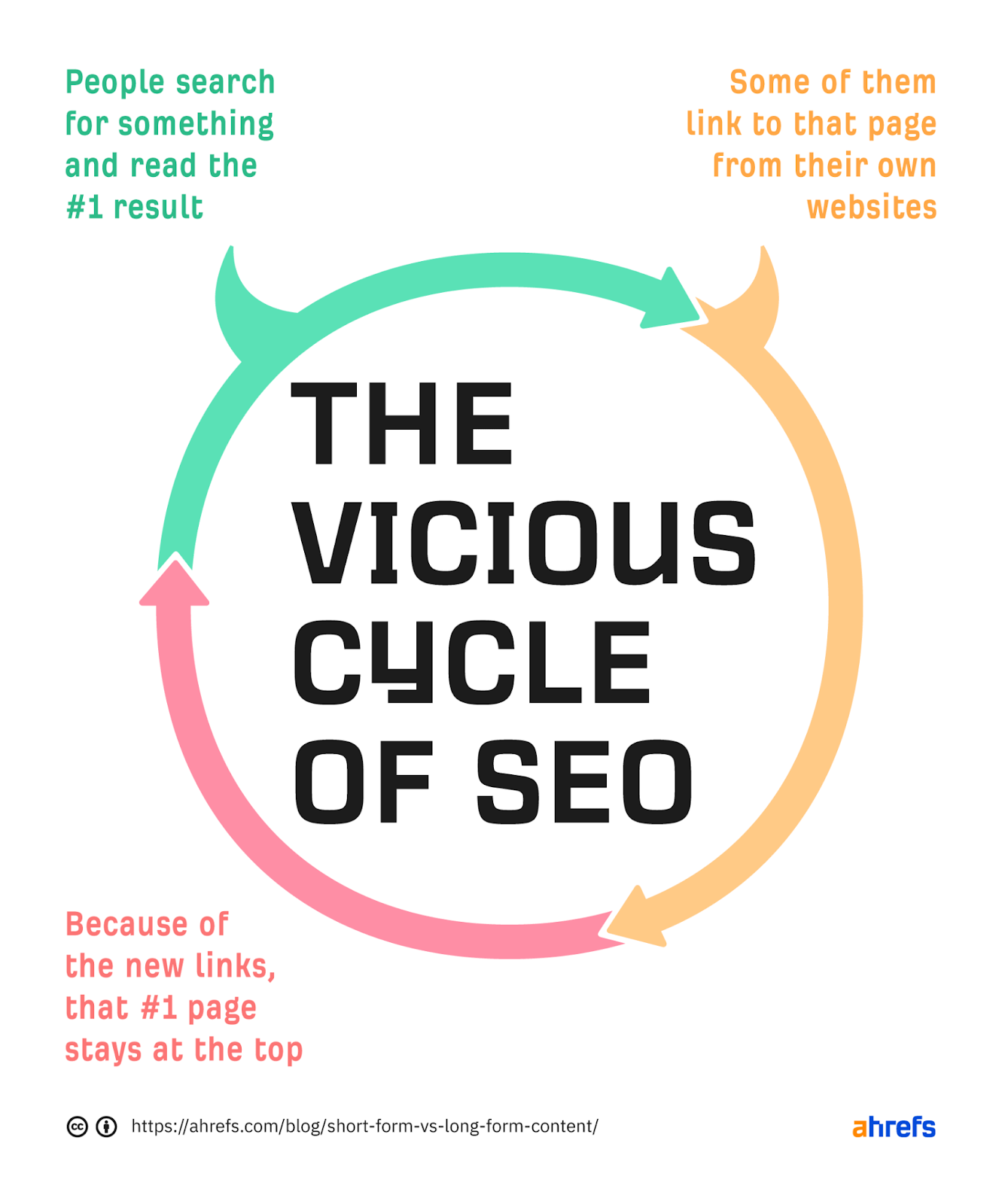
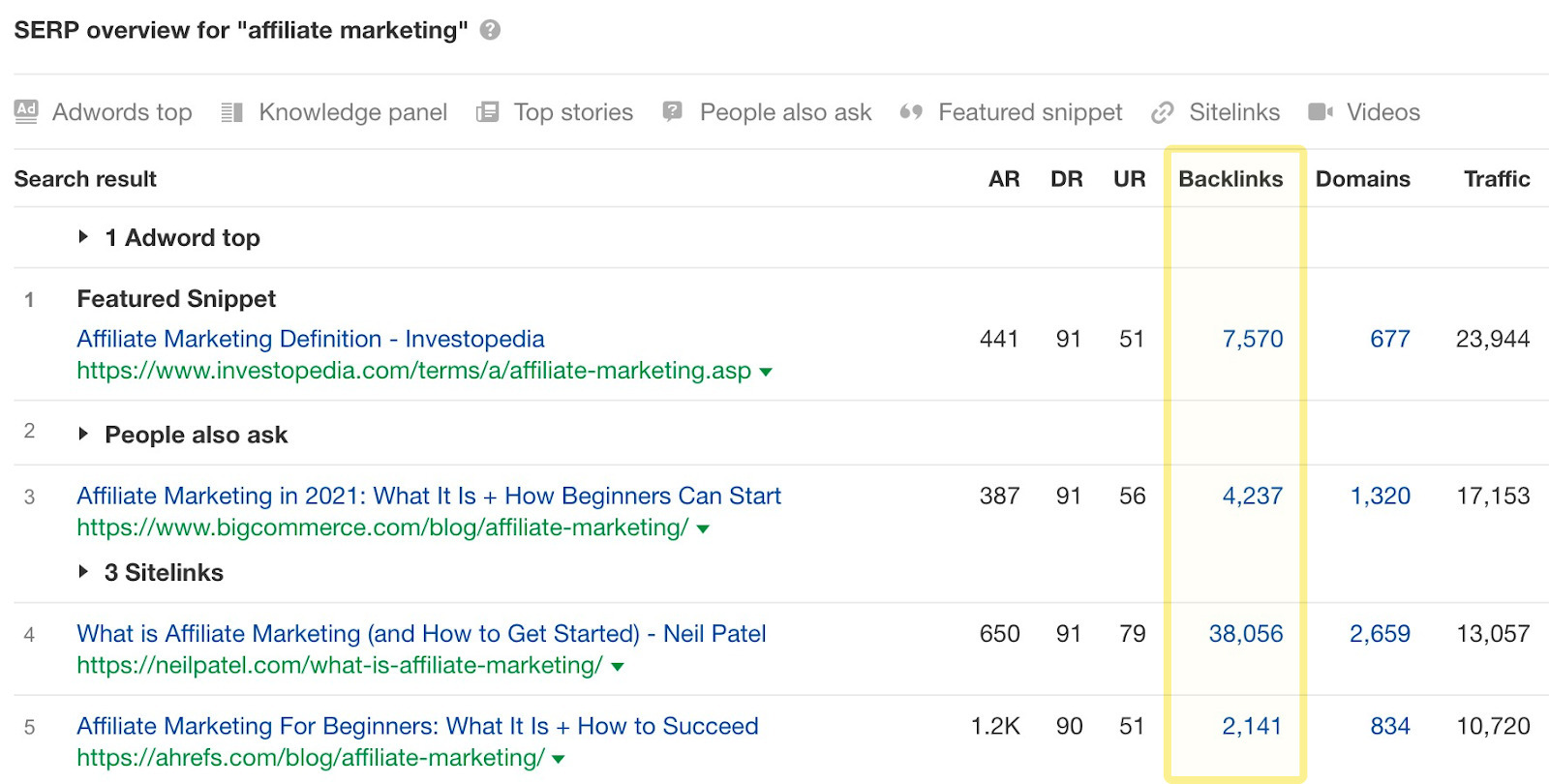
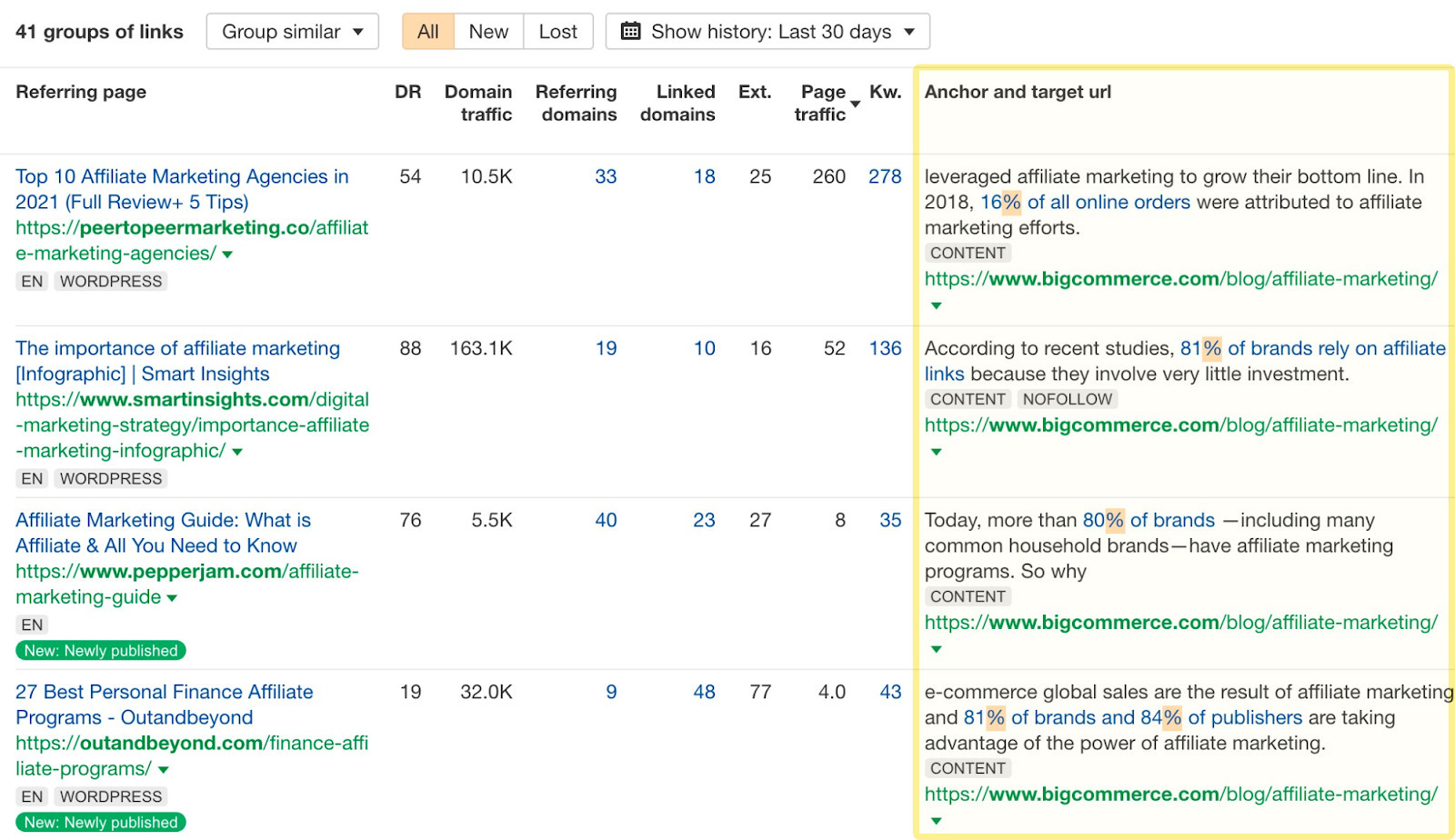

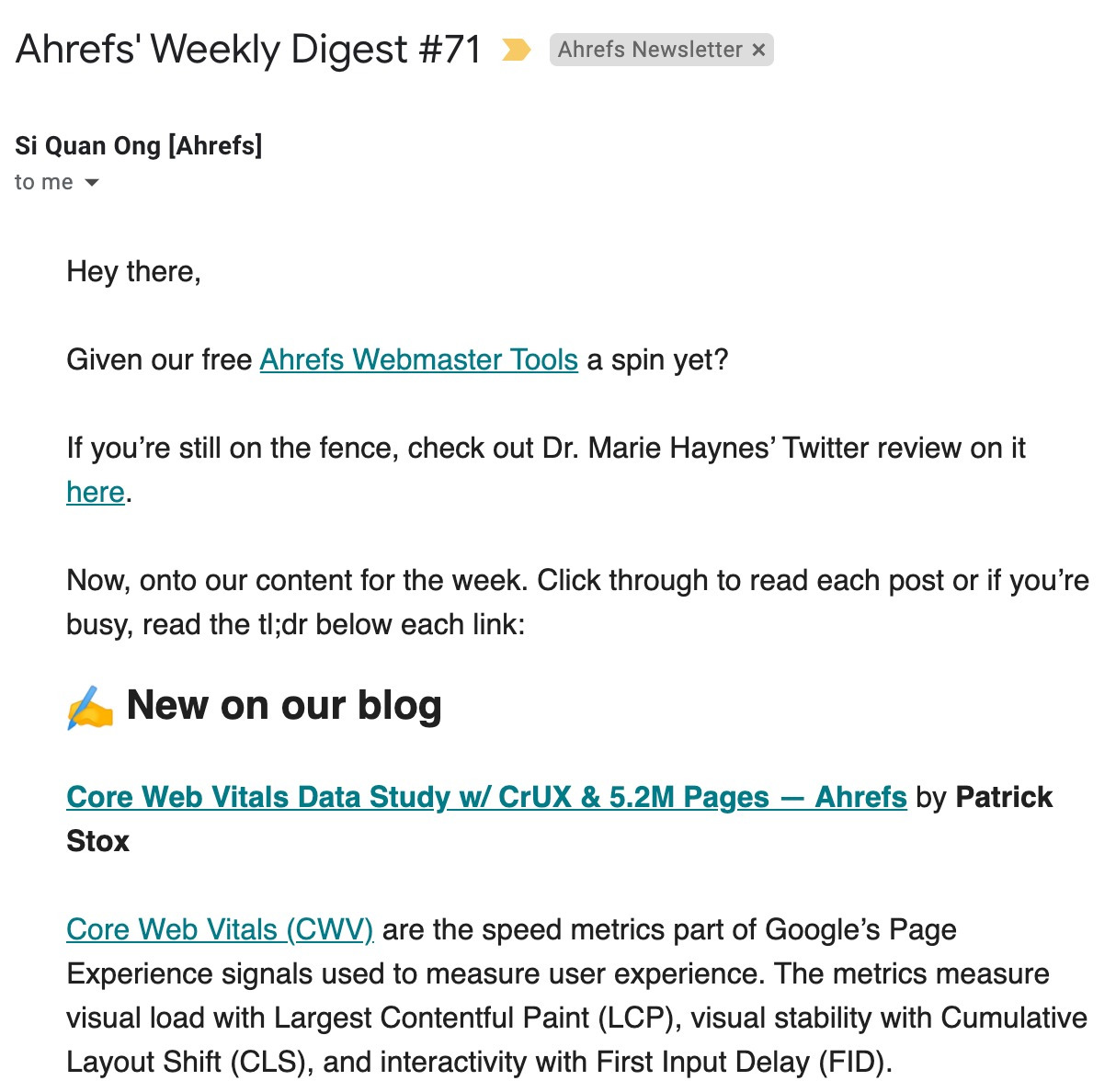
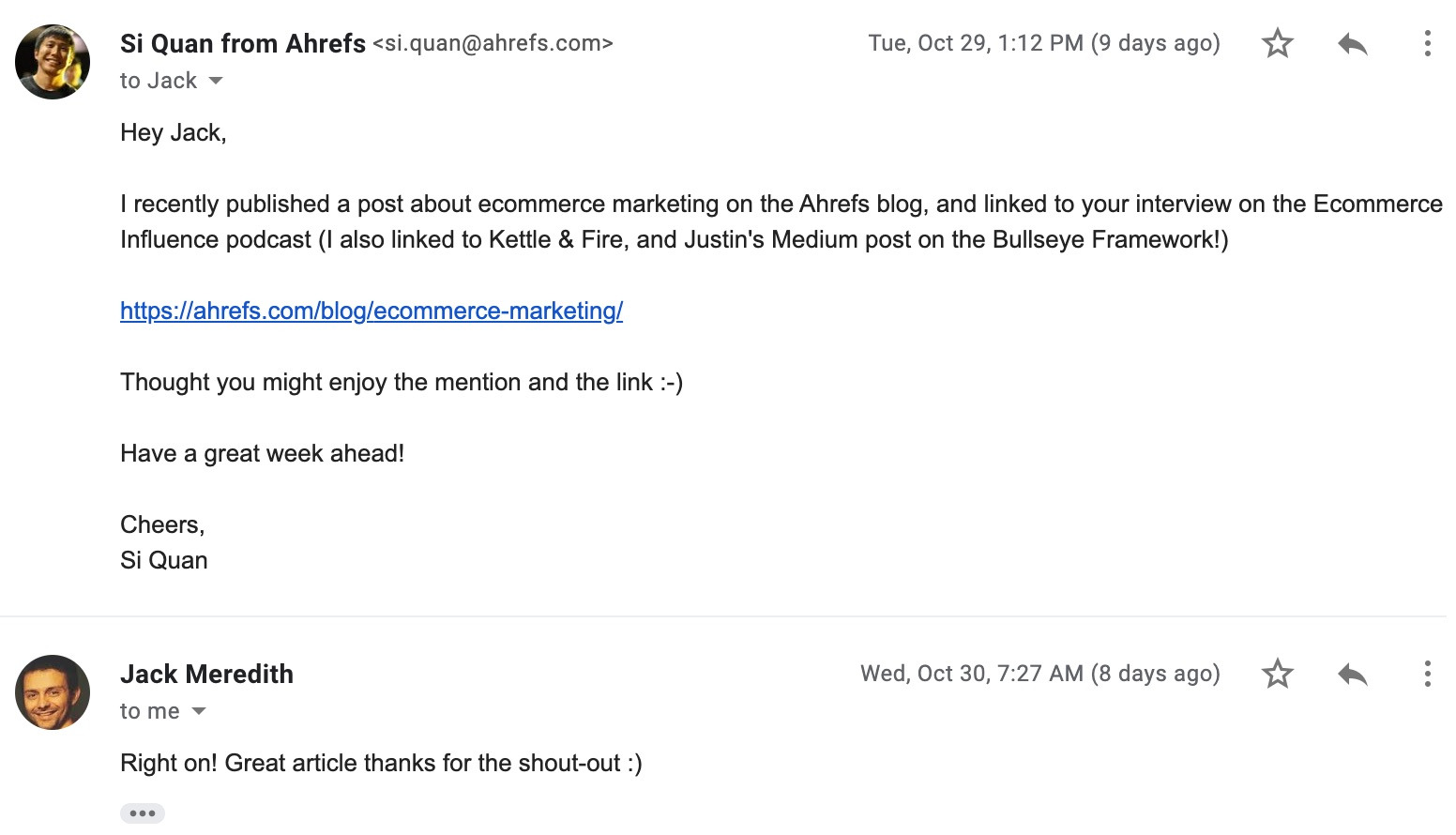
[Your Name]
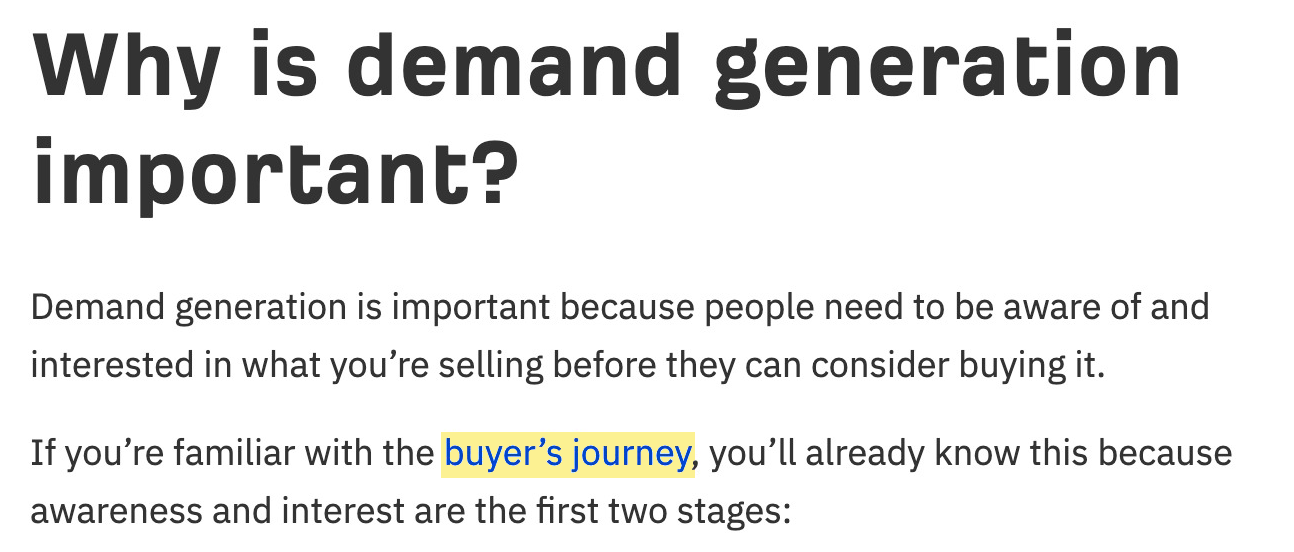

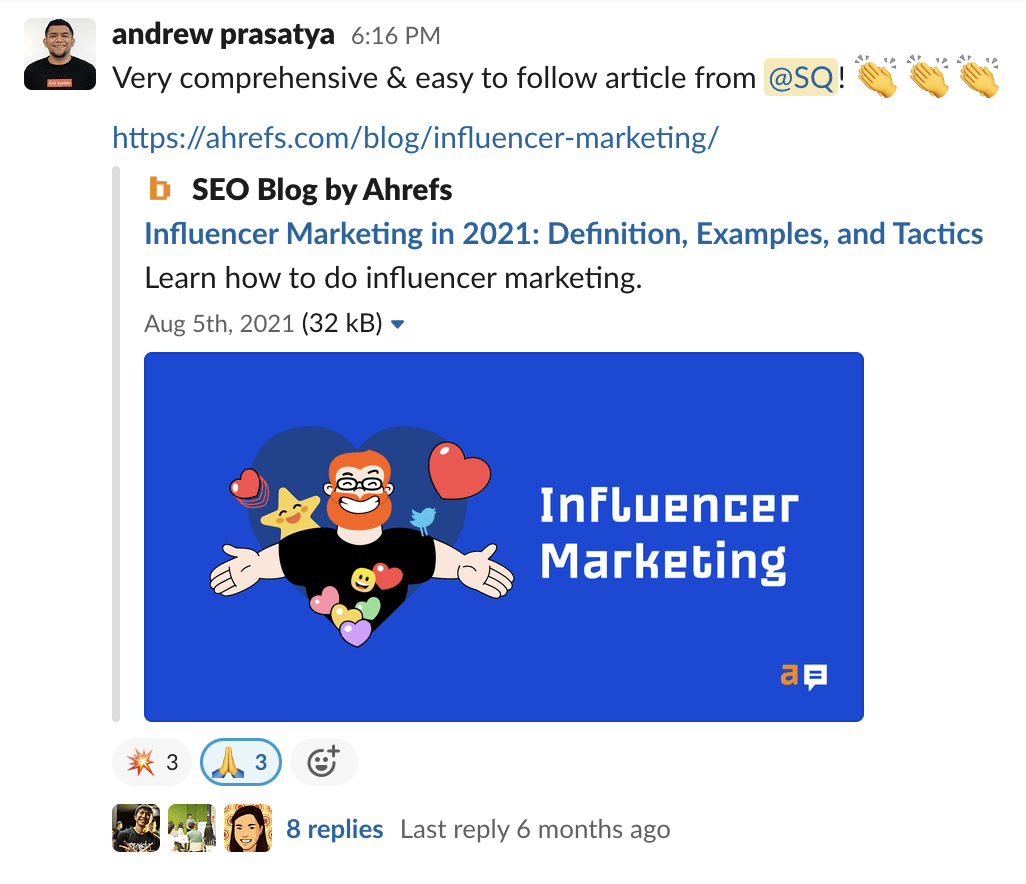





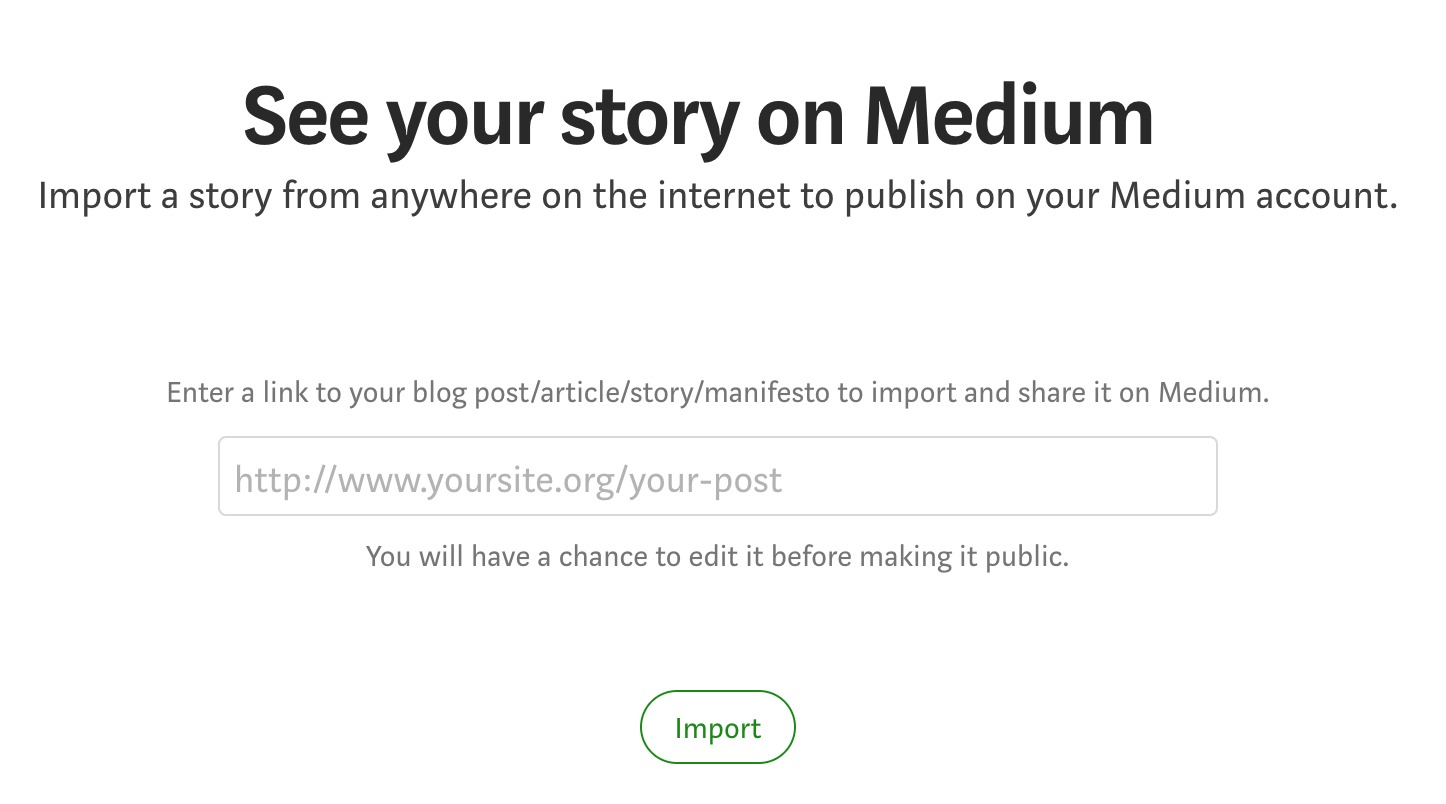


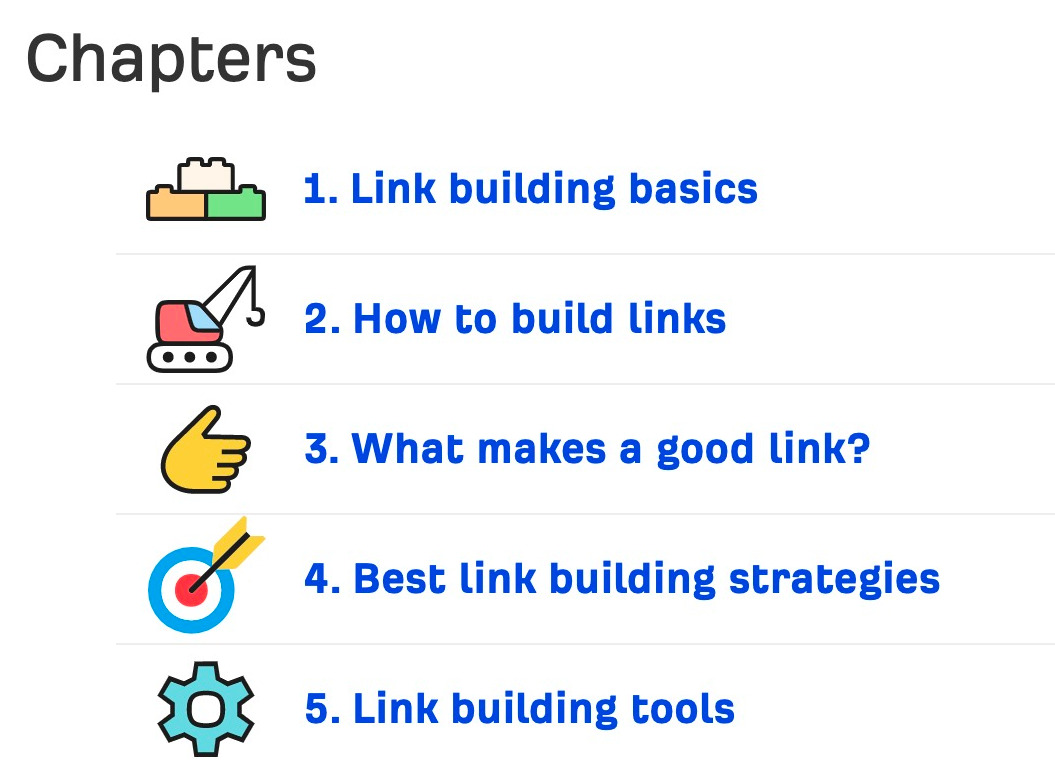




Final thoughts

 Konoly
Konoly 








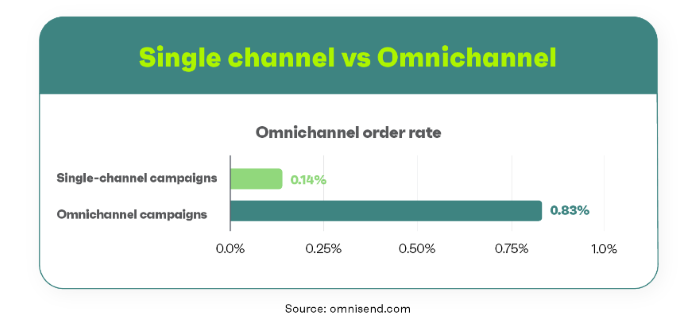

![7 Ad Copy Tests To Boost PPC Performance [With Examples] via @sejournal, @jonleeclark](https://cdn.searchenginejournal.com/wp-content/uploads/2022/01/ad-copy-tests-62398a4d7d97d-sej.png)



















